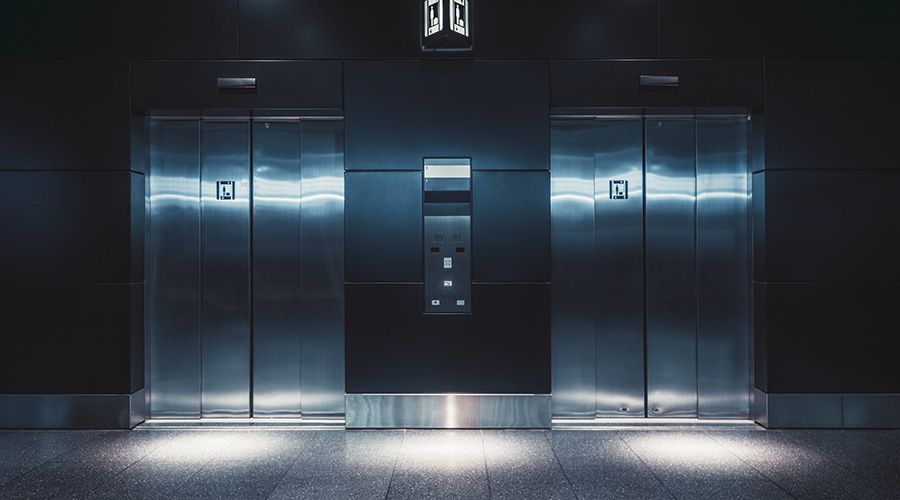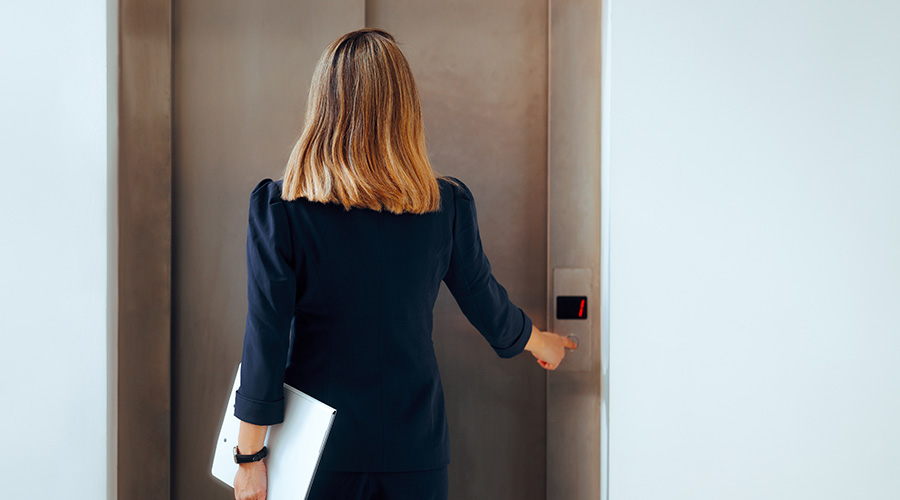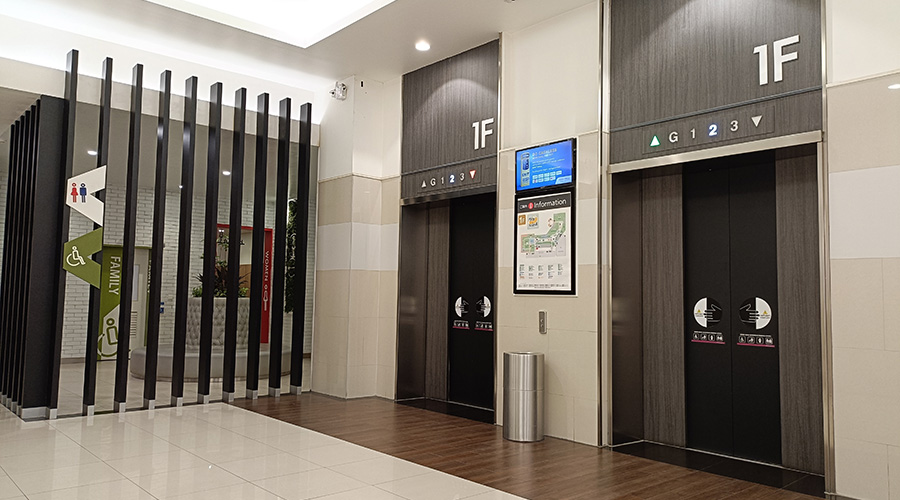Older Elevators: Few Jurisdictions Adopt ASME A17.3 As Code
The standard adopted by most authorities having jurisdiction (AHJs) is American Society of Mechanical Engineers (ASME) standard A17.1, Safety Code for Elevators and Escalators. The standard includes annual, semi-annual and monthly requirements, as well as also calling for a maintenance control plan for each individual elevator, which helps account for the fact that not every elevator is used the same way, says Brian Black, codes consultant, National Elevator Industry Inc. (NEII).
"Let's say you've got two brand-new elevators," he says. "One of them is installed in a church, and it's only used on Sunday mornings and maybe Tuesday and Thursday evenings. And that exact same elevator is going into a metropolitan subway system. The maintenance requirements for those two applications are going to be significantly different."
Even elevators that experience heavy daily use can be expected to have a life cycle that lasts for decades, and during that time, there can be major shifts in what codes require. ASME A17.1 accounts for that by including a provision that if there is a major modernization or renovation performed on the elevator, it has to be brought into compliance with the current version of the code, which is updated on a three-year cycle. So, for example, an elevator installed in 1985 would have to be brought up to today's version of the code if it was modernized.
But there's a catch. As long as elevators are simply maintained and not modernized, there's no requirement in A17.1 to bring them up to the current code. Instead, they are merely required to meet the standards in the version of the code that was current at the time of installation. So in most of the country, an elevator installed in 1985 would never have to meet a code more recent than the 1985 version.
A different section of the standard, ASME A17.3, Safety Code for Existing Elevators and Escalators, establishes standards for safety and operations in older elevators that are not modernized, but it hasn't seen widespread adoption. A17.3 covers many of the same areas as A17.1, but differs in that it sets a minimum standard for what safety features and maintenance measures must be in place for any elevator, regardless of its age. For example, under A17.3, an elevator must have emergency lighting, door restrictors and two-way communications.
"Unfortunately, most jurisdictions in the U.S. do not adopt that," says Black. "There are basic minimum safety requirements within A17.3 which would apply retroactively," without grandfathering, but if the standard isn't adopted, older elevators that aren't modernized don't have to meet those requirements.
The relative lack of adoption of A17.3 — along with the fact that elevators comply with different versions of A17.1 — can cause confusion and create potential safety problems for first responders and occupants in the case of an emergency, says Jay Popp, vice president, international, Lerch Bates.
"There's so many versions of fire service out there that, as a first responder, it's got to be really tough on those guys, because you don't know what version you've got when you hit the door," Popp says. "Philosophically, I understand why we can't retroactively update every elevator every time the code (A17.1) makes a change. But, the other side of the coin is we're making it really hard on these guys because their job is to focus on securing the building, getting people out and containing the fire, and we're throwing hurdles up at them."
Related Topics:














